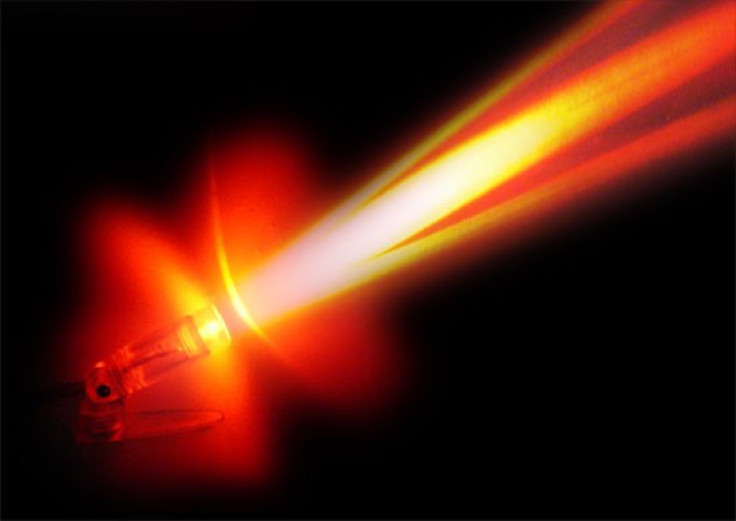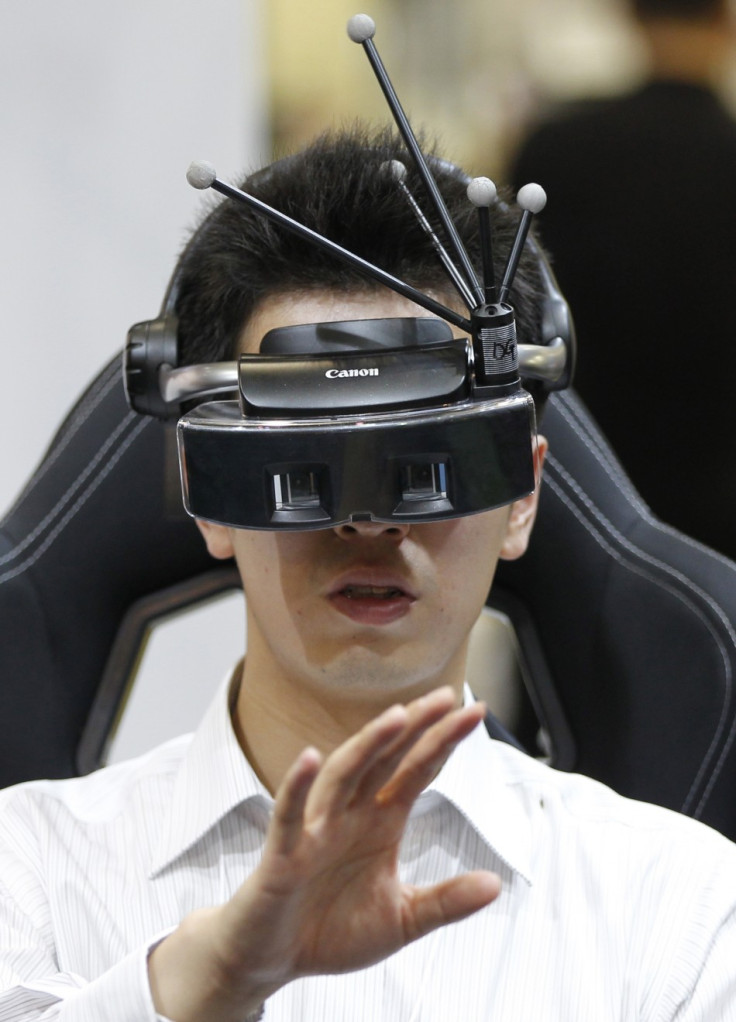Geek Speak: Star Trek Inventions Becoming a Reality?

Mankind jumped for joy when it was revealed that scientists developed a real-life "tractor beam", which uses light to attract and move objects.
For the non-Trekkies out there, a tractor beam is used to move small and ginormous objects and have been primarily used in the TV series to drag ships and cargo with or against the travellers will. So, yeah, like a tractor.
But before you start dreaming how you'll be able to drag that can of beer out of the fridge from the next room, the research, published in Nature Photonics and led by the University of St Andrews, is limited to only moving microscopic particles.
But it did get us thinking.
What other Star trek inventions would be incredible for mankind and how far away are we from inventing them?
Replicators
Apart from the fact it would end world poverty, prolong and better your life and primarily place earth in a near-economic utopia, you could replicate as many pots of macaroni cheese as you want, when you want.
Life would become, literally and metaphorically, an All-You-Can-Eat buffet.
In Star Trek, the replicator does exactly what it says on the tin.
When Earth invented the device, it enabled anyone with a replicator to make copies of most things; food, ship components, your favourite cocktail.
While you can't create life and certain materials, such as latinum which became the de facto currency because of its unreplicability, you can pretty much use the machine to prolong human life.
A severed spine you say? No problem!
In Star Trek the Next Generation season 5 episode 16: Ethics, Worf got a new spine through a Genitronic replicator because there was already a genetic template to scan and copy. This is not too far fetched, considering we have already tried and tested building human ears on mice.
But when it comes to food, the fact that the machine would end world poverty and give you boundless amounts of anything you want.
But how do they fit into those oh so snug uniforms?
Well, the beauty of it would also mean that we could turn our nations into 'Original Series William Shatner', from 'Real Life William Shatner'.

Why? - because the food would give you the volume and the matter, without those pesky calories.
Teleport
How many times have we been in this kind of state, and just wished some form of teleportation existed?

In Star Trek, mankind invented a method of transferring matter from one point to another without traversing the physical space between them. So popping down from your spaceship to the nearest class-M planet is a piece of cake.
While even in Star Trek, the process is not perfect (check out ST TNG season 6 episode Realm of Fear) it can move pretty much anyone or anything from one place to another without any fuss at all.
More excitingly, scientists are working on making that a reality.
But, don't cancel your annual travel pass just yet.
While experimental physicists at the University of Innsbruck in Austria transfer information from one atom to another in a different location, much like the "tractor beam," it is still a far cry from Star Trek levels.
The distance is less than 200 micrometers and it only works for information about the atoms, not the atoms themselves.
Holodeck
Most of us live behind a desk and then inevitably die.

But the holodeck would be an incredible little pick me up in your lunch break (if you get one).
In a simulated reality facility, on Star Trek star bases and star ships, you could be skiing down a Swiss mountain or even relaxing on a beach on Risa (a favourite Star Trek holiday destination) in a matter of seconds.
Or if you are having trouble in the relationship department like Riker in ST TNG in season 1 episode 15, you could find yourself a new, ahem, friend.
While that would seem like an impossible feat in our lifetime, companies are already trying to make that a reality, without wearing oversized and moronic-looking virtual reality glasses like this one:

Last year, Microsoft filed a patent for "an interactive computing system configured to provide an immersive display experience", accompanied with the following picture, which all closely resemble a holodeck.

While it's doubtful we'll be able to dance on the rings of Saturn anytime soon, it would at least make our lunchbreaks more exciting than looking up funny cat pictures on the internet.
Medical Tricorder
Fed up of waiting in a disease-riddled GP's waiting room with the rest of the infested?
Well on Star Trek all the doctors have a medical tricorder, a handheld computer with a detachable sensor, which can pinpoint your ailments in literally one swoop.
The medical marvel is meant to be quick, accurate and gets to the heart of the problem without having to begrudgingly make do with a "drink lots of water and take two painkillers" diagnosis.
Well, unlike most of the Star Trek inventions on Geek Speak's wish list, the medical tricorder could actually become a reality by the end of this year.
The Scanadu SCOUT is scheduled to become available this year and is aimed to give you precise vital information about any human being within seconds of contact with the device:
While it hasn't reached the realms of being as complex and integrated as a Star Trek medical tricorder, it has two other devices called the ScanaFlo and ScanaFlu, which are like your own mini labs.
But who would be able to afford it?
Apparently ScanaFlo and ScanaFlu will be so cheap you can chuck them away as quickly as your GP's appointment slip for that chronic sore throat you have, but SCOUT will be as important and vital as your smartphone.
© Copyright IBTimes 2024. All rights reserved.






